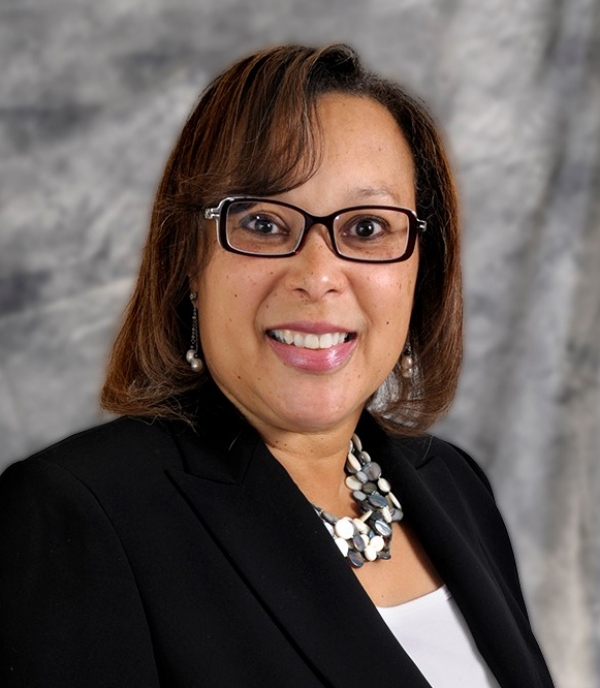Featured Guest
You’ll find this guest among our growing roll of Urban Champions.
-

Waye Mason
Halifax City Councillor
-

Lisa Helps
Mayor of Victoria
-

Cynthia Dorrington
President, Vale & Associates
-

Christina Clarke
CEO, Songhees Nation Economic Development Corporation
-

Abigail Moriah
Founder, Black Planning Project
5 Key
Takeaways
A roundup of the most compelling ideas, themes and quotes from this candid conversation
1. The pressures on mid-size cities
During the early days of COVID, city leaders in Halifax and Victoria anticipated that the pause on international travel and immigration might slow population growth. Instead, intra- and interprovincial migration soared for mid-sized cities. The unprecedented population growth compounded already-existing concerns about housing affordability and employment precarity. Moreover, the COVID era exacerbated many of the pressures facing the cities’ most vulnerable residents. The rising interest in mid-sized cities offers clear opportunities for future development; the panellists shared a commitment to managed growth that emphasized economic and social benefits for equity-deserving groups.
2. The invisible burden of consultation
Several panellists outlined initiatives undertaken by municipal governments to pursue a journey of reconciliation with Indigenous Peoples. Christina Clarke, the CEO of Songhees Nation Economic Development Corporation, explained the invisible burden from the mounting interest in consultation for Indigenous issues and perspectives. Band offices are overwhelmed by frequent requests from government, industry, and other groups that are interested in reconciliation programs, protocol advice, and policy recommendations. Moreover, the capacity for Indigenous engagement officers is limited compared to the resources of engagement officers in the public and private sector. To remedy the situation, various stakeholders are collaborating to create an Indigenous Prosperity Centre that will help facilitate engagement between nations, local governments, and businesses.
3. Communities within communities
Halifax-based EDI advisor Cynthia Dorrington identified the need for more nuanced understanding of the unique characteristics of African Nova Scotian communities, many of which can trace their roots back to the 1700s. Today, HRM is home to a range of African Nova Scotian communities with distinct historical legacies and contemporary concerns. In short, there exists many “communities within communities.” Well-meaning municipal initiatives can impact different communities in unequal ways. As a solution, consultation and engagement should respect the needs and desires of each African Nova Scotian community.
4. Live your convictions
Political leaders can proclaim lofty intentions for reconciliation and inclusion, but when it comes to specific program details, departments need to live their convictions. Waye Mason, Councillor for Halifax South Downtown, illustrated this idea with an anecdote about signs and maps. Conversations with Indigenous communities resulted in a comprehensive plan to re-name a number of streets and parks. Like many First Nations languages, written Mi’Kmag text includes apostrophes — a symbol which the city’s GIS system could not process. Instead of abandoning the plan to rename local sites, the City reallocated budget resources to upgrade their GIS software with a system that could properly honour Mi’Kmag names.
5. EDI as an organizational ethos, not a singular department
Victoria Mayor Lisa Helps offered some important learnings from the City’s new Office of Equity, Diversity and Inclusion. When the department was established, the officers were inundated with requests for advice and insight. In response, the city manager took a similar approach as they did with climate change — shifting the responsibility from a singular department into an organizational ethos. EDI officers are engaging with various city departments like engineering, public works and parks to share strategies for culturally appropriate hiring practices and ways of dealing with conflict. In addition, the Mayor’s Office has committed administrative support for tasks like agendas, invitations and minutes, so that the EDI officers can focus their time on front-line information and empowerment activities.
|The Canadian Urban Institute, in collaboration with the Victoria Foundation and City of Victoria, is proud to announce the release of Victoria Nurtures: Vital Conversations for Our Shared Future — a comprehensive report that shares diverse perspectives on Victoria’s future as an inclusive, sustainable and vibrant city that builds on its assets and potential.
Victoria Nurtures features the key learnings from CUI x Victoria — an October 2021 event that involved two dozen virtual meetings, working group sessions and workshops, with over 60 organizations and more than 100 individuals.
CUI x Victoria wouldn’t have been possible without the leadership of the City of Victoria and the Victoria Foundation, who co-designed the program, reached out to participants, managed logistics, fostered deep conversations and listened with the intent to act.
Additional Resources
Full Panel
Transcript
Note to readers: This video session was transcribed using auto-transcribing software. Manual editing was undertaken in an effort to improve readability and clarity. Questions or concerns with the transcription can be directed to events@canurb.org with “transcription” in the subject line.
Full Audience
Chatroom Transcript
Note to reader: Chat comments have been edited for ease of readability. The text has not been edited for spelling or grammar. For questions or concerns, please contact events@canurb.org with “Chat Comments” in the subject lin
From Canadian Urban Institute: You can find transcripts and recordings of today’s and all our webinars at https://canurb.org/citytalk



